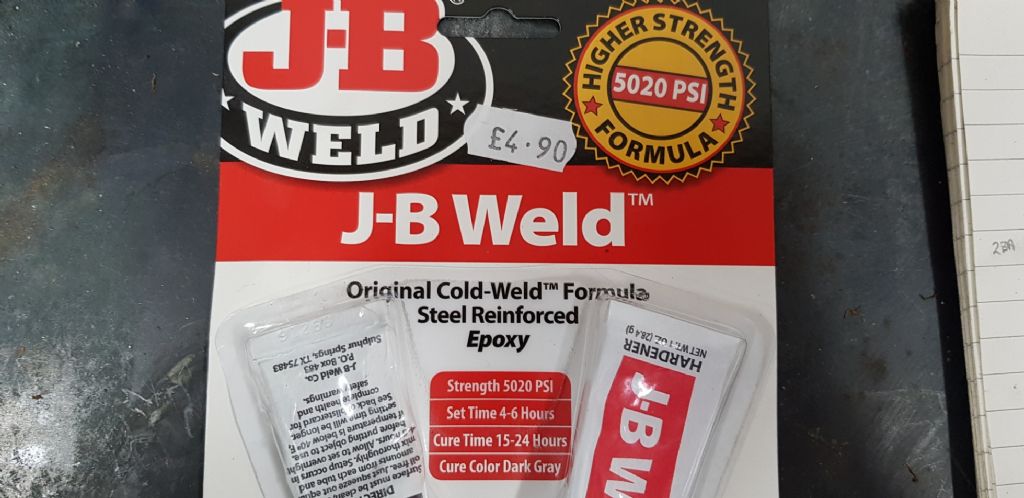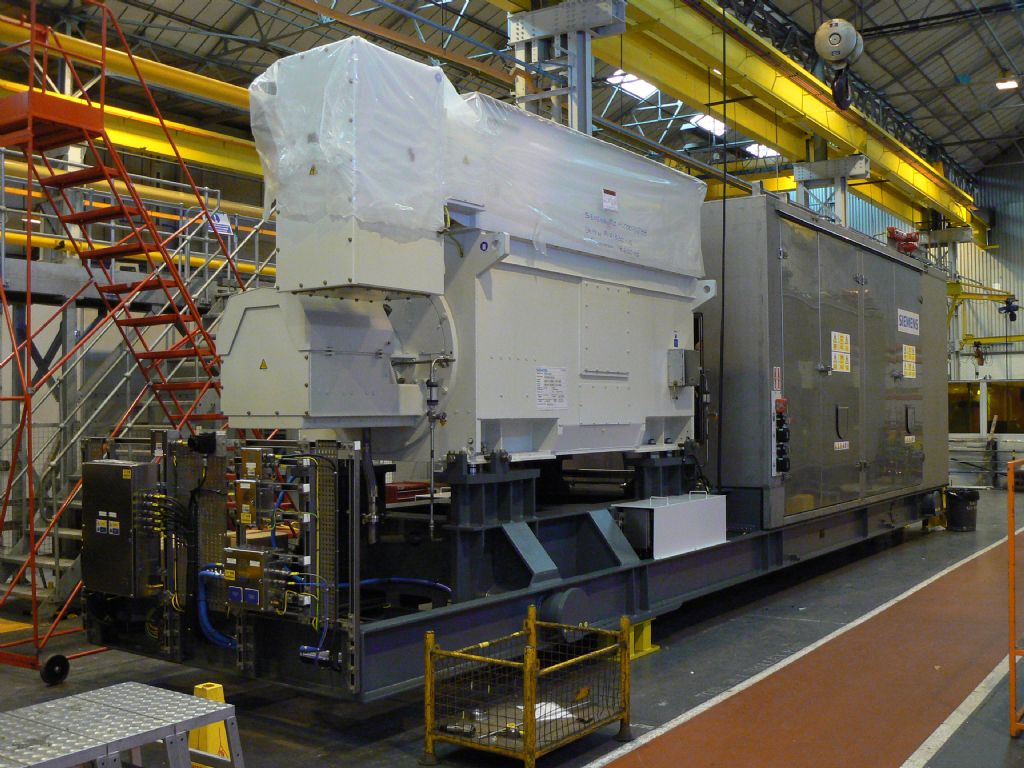Shimming Techniques
Shimming Techniques
- This topic has 147 replies, 32 voices, and was last updated 4 March 2021 at 15:18 by
 Neil Wyatt.
Neil Wyatt.
- Please log in to reply to this topic. Registering is free and easy using the links on the menu at the top of this page.
Latest Replies
Viewing 25 topics - 1 through 25 (of 25 total)
-
- Topic
- Voices
- Last Post
Viewing 25 topics - 1 through 25 (of 25 total)
Latest Issue
Newsletter Sign-up
Latest Replies
- Boxford lathe & vertical mill VFD conversion help with start stop
- ML10 backgear
- Twin Engineering’s heavy mill/drill quill removal
- Chucking Money Away!
- New member
- Speed camera
- Amadeal AMABL210E Review – Any Requests?
- The Perpetual Demise of the Model engineer
- Colchester Chipmaster Clutch question
- Advice moving 3x machines









